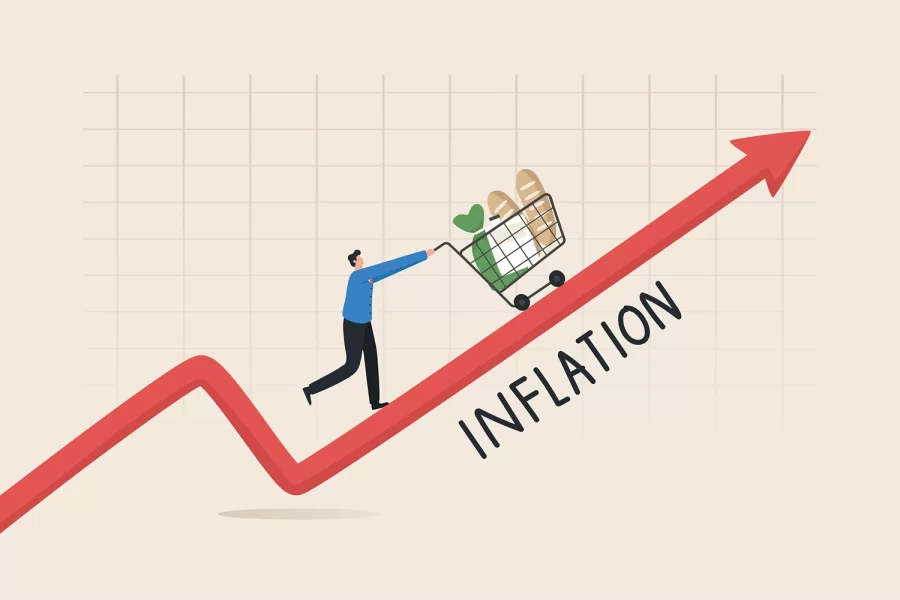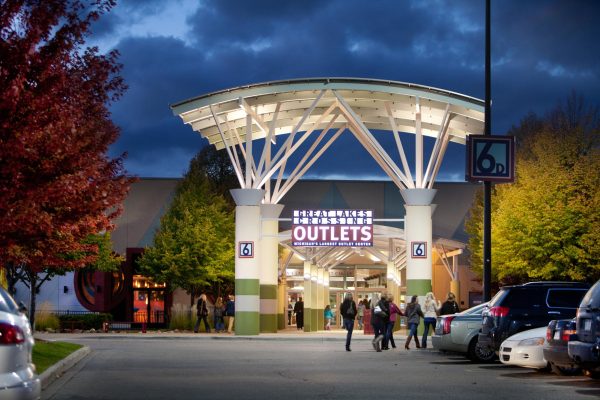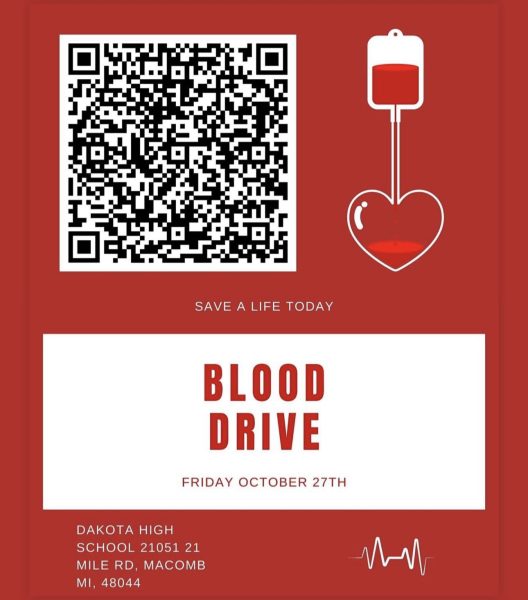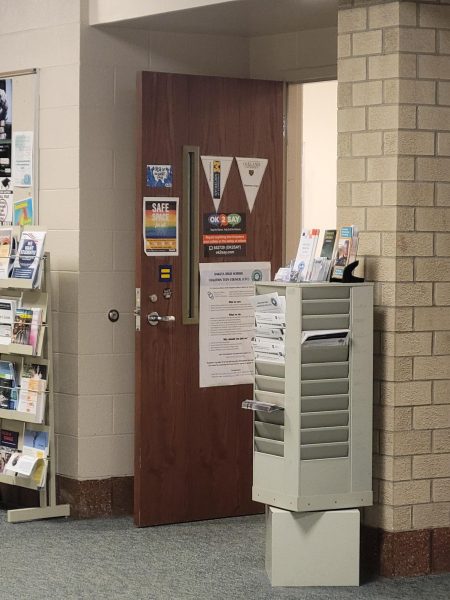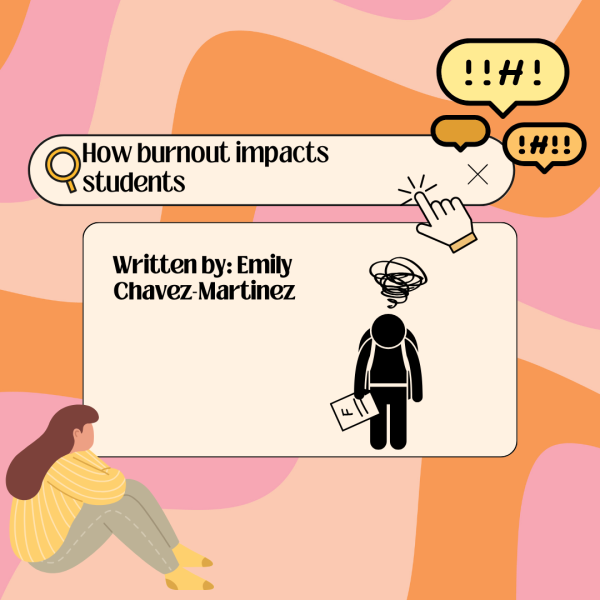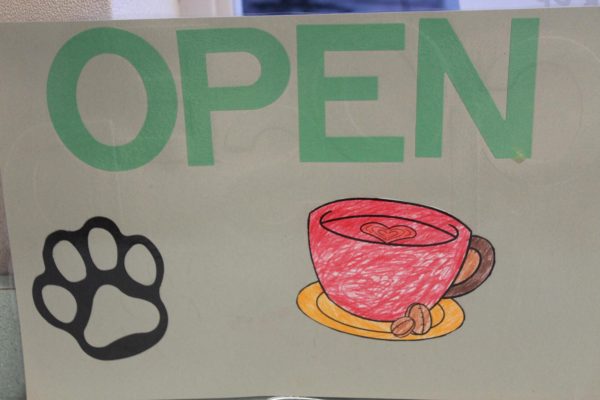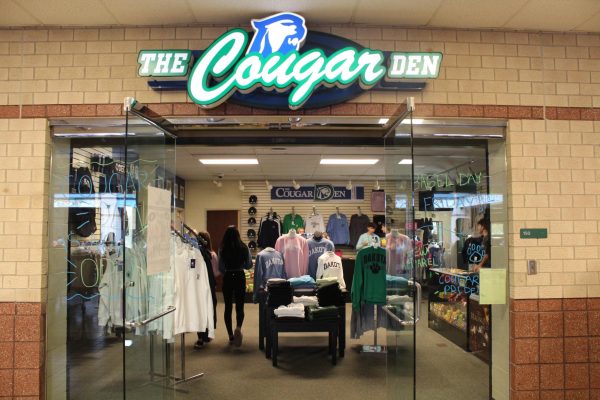Inflation: A True Nightmare
With inflation on the rise, more citizens are finding themselves running out of money at a rapid pace.
According to the U.S. Bureau of Labor Statistics, after being calculated from December 2021 to December 2022, overall prices rose 6.5% and food prices rose 10.4%, resulting in an 11.8% price increase for food at home and an 8.3% price increase for food away from home. In addition to this, the National Association of Realtors states that housing prices rose a staggering 14.6% in 2021.
Reflecting this, within the 2022 Annual Homeless Assessment Report by The Numbers, the number of homeless people has risen by .3% (1,996 people) since 2020, while the overall unsheltered population has risen by 3.4% (7,752) in correlation to 2020’s number. Chronic homelessness is also on the rise, with the rates increasing by 15.5% (17,177 people).
What is the importance of this? Well, with these statistics mirroring one another, there is a bit of a correlation. With the median household income being around $54,132, which averages around $1,041 per week, this is a bit above the poverty levels (Bureau of Labor Statistics). Regarding the Federal Poverty Levels (FPL)-which reflects the amount of money needed to be made to be above the poverty line-for individuals was $13,590, while for a family of four it would be $27,750 (HealthCare.gov).
To put this into perspective, the average income for individual Americans is 4 times (3.98 rounded to the nearest whole number) the amount needed to stay above the poverty line, while for a family of four, it is double the amount (1.95 rounded to the nearest whole number). If it is this high, why are people struggling? And what is the average increased price that people pay?
Well, according to Census Bureau, more than 91 million Americans reported had a “somewhat difficult” or “very difficult” time paying their bills. It is theorized that Americans are struggling with this due to the historical inflation prices, in which they are receiving no aid for after the pandemic’s stimulus checks.
Students are struggling just as much to pay off student loans as well. When the amount is combined, students owe $1.745 trillion in loans, which was calculated in 2022. The student loan rate has slowed, and is at the lowest rate is has been at in the 21st century (1.75%) due to the freeze on student loans that was administered by the president (Education Data Initiative). In addition to this, the average cost of college rose 1.6% for a two-year college, 1.6% for a four-year college, and 3.5% for private universities (CNBC).
Ryan Sweet, a member of the U.S. Macroeconomics team who is recognized by MarketWatch and Bloomberg LP, also reveals some data, in which he states, “Another ugly CPI. The typical American household now needs to spend $493 more per month to buy the same goods and services as they did last year. The good news is that the increases in the CPI over the past few months won’t be duplicated in July. Energy and other commodity prices have dropped noticeably in July. Relief is coming” (Twitter, @RealTime_Econ).
Due to this, numerous American’s are blowing through their savings, and some are getting quite close to being in poverty. However, there are more positive trends on the horizon, and hopefully they will stay that way.
For now, a few ways to set aside some money can be seen here, in which it explains the process of zero-based budgets and so on. To summarize the attached article, keeping a keen eye on small, repetitive expenses, saving all bills and receipts, determining the difference between wants and needs, and always over-estimating the bills and under-estimating the amount of money received in a check has been found to work quite well for some people. However, finding the plan that best fits your financial needs and situation would be ideal. Going to the bank and discussing plans with a financial advisor may also be an excellent plan of action, especially if you have no clue as to where to go.
Don’t fret just yet; there is good news. It is projected by the Survey of Professional Forecasters that the inflation rates will decrease to an astonishing 2.9%, and later into the year reach 2.3%. With even better news, it is even expected that it will drop to 2% in 2024. This is extremely important, as it is falling from the oppressive 6.5% that it reached this year. Hopefully, it will stay this way for a few years, and will never reach the 7.1% peak that it did.
In addition to this, overall family homelessness is down 6%, unsheltered homeless families with children is down 69%, and overall veteran homelessness is down by 11.1% (2022 Annual Homeless Assessment Report by The Numbers).
These positive trends will hopefully bring a bit of hope back into America’s life, especially after the trying times American’s have endured for several years. The issues above are still relevant, however; Homelessness is still an issue that needs to be fought, the government needs to fight to ensure that inflation will never reach the percentage it did, and poverty needs to be addressed. If it is just left alone to “solve itself,” then nothing will be fixed.
Thus, there are a few relief programs available if individuals reach a breaking point. A few examples of the relief programs for poverty in the United States are “Medicaid, Medicare Part D Low Income Subsidies, Children’s Health Insurance Program, Consolidated Health Centers (CHCs), including Federally Qualified Health Centers (FQHCs), Maternal and child health services, Title X Family Planning Program, Older Americans Act Nutrition Program, Head Start, Health professions student loans and scholarships, Community Services Block Grant, Social Services Block Grant (Including Transfers from TANF), and Low-income Home Energy Assistance” (U.S. Department of Health and Human Services).
For homelessness relief programs, Michigan offers “CDBG, Emergency Shelter Grants Program, ESG, HOME, and NSP” (HUD Exchange). These are not implemented in every state, but most states (including Michigan) do have a few of these programs.
Finally, for “inflation relief” programs, certain states are issuing stimulus relief checks and funds to assist with the cost of everyday items (Ramsey Solutions). These checks vary in the amount of money they have, but the average amount given out is $600 per check.
There are a few rays of hope on the way, especially with new relief programs popping up across the nation. Due to natural disasters, there is an even more intensive push than ever to assist those struggling.
Your donation will support the student journalists of Dakota High School. Your contribution will allow us to purchase equipment and cover our annual website hosting costs.

Jade Lilly is a senior at Dakota High School. This is her first year writing for the Dakota Planet, but she has plenty of experience towards writing professional...

